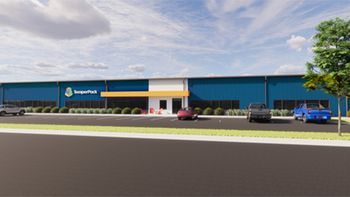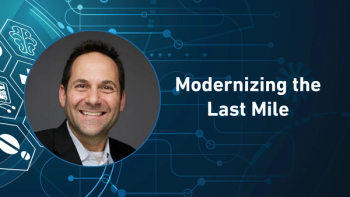
Five tips to protect pharma brands online
MarkMonitor updates its surveillance surveys against counterfeiting and drug diversion
MarkMonitor, a ThomsonReuters company based in San Francisco, has had a business for many years of monitoring corporate brands as they appear online in discussion boards e-commerce or other forms of online transactions. Such brandname surveillance is a common activity of major consumer brand owners; for the pharma industry (MarkMonitor counts multiple multinational pharma companies among its clients). The guidance:
- Monitor multiple online distribution channels, ranging from suspicious online pharmacies to e-commerce markets (some of which provide bulk drug products or APIs to buyers), social media and tweets.
- Identify areas of geographical concern; pay closest attention to activity originating or sourced in China and India; data MarkMonitor cites indicate that 80% of bogus or gray-market drugs originates there.
- Utilize an end-to-end attack strategy: MarkMonitor suggests working with outside law enforcement and counsel to physically interdict illicit trading activity; to collect data to enable legal actions; and to shut down online sites or activity (which often, unfortunately, reopen quickly under new names)
- Mine data for actionable intelligence; by analyzing data sources, online pharmacy networks can be identified (as opposed to individual sites), and common payment systems; know this can better pinpoint protective activities.
- Shield new drugs before launch: leading up to a new product launch, the company advises watching closely for the availability of relevant APIs, and pay attention to off-label discussions of the drug. Both of these activities could forestall illicit activity after launch.
Illicit online activity in pharma is usually considered to be the sale of counterfeit drug, but there are important variations on that activity. Commercial sites trade in bulk supplies of finished products or APIs; drug diversion can range from product available in one channel (such as a specialty pharmacy) being available at unauthorized pharmacies. There have been sites that sell branded product at a “US” price and a lower “non-US” price (the latter is mostly illegal in the US, although FDA gives some latitude to individual patient purchasing). Another longstanding practice is “cybersquatting,” or the taking of a company brandname as a website address by another organization
Newsletter
Stay ahead in the life sciences industry with Pharmaceutical Commerce, the latest news, trends, and strategies in drug distribution, commercialization, and market access.




